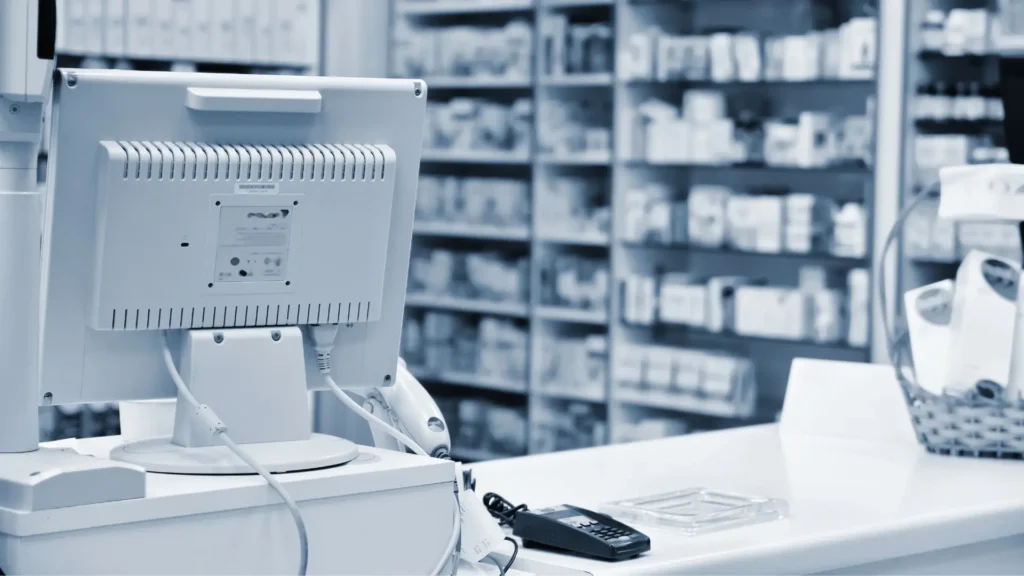Ambroxol tablets are a crucial weapon in the fight against respiratory conditions that involve excessive mucus production. These tablets are classified as mucolytics, which means they help break down mucus, making it less thick and easier to remove from the airways. This not only improves breathing but also provides relief from the discomfort caused by too much mucus.
To ensure that Ambroxol works effectively and safely, it’s important to understand how to use it correctly and manage its usage properly. This emphasizes the importance of being well-informed about this medication.
What are Ambroxol Tablets and what is it used for?

Ambroxol tablets are a type of medication classified under the group mucolytics. They play an integral role in treating respiratory conditions, particularly those involving excessive or thick mucus in the airway passages. The key mechanism of action of these tablets is to thin down the mucus, reducing its stickiness and facilitating its removal from the airways.
Among the myriad of respiratory conditions, some common ones managed with Ambroxol tablets include:
- Chronic Bronchitis
- Asthma
- Bronchiectasis
- Pneumonia
These conditions often create significant discomfort due to mucus build-up; hence, using Ambroxol can greatly ease symptoms and enhance one’s quality of life.
How to Take Ambroxol Tablets?
When it comes to taking Ambroxol tablets, understanding the correct dosage instructions and administration guidelines is crucial for its effectiveness. Here’s what you need to know:
- Dosage: Adults, as well as children above 12 years old, are typically recommended a dosage of 30mg, which equals one tablet. This should be consumed three times per day.
- Duration of Treatment: The frequency and duration of treatment with Ambroxol tablets may vary depending on the individual’s condition and response to therapy.
- Follow Medical Advice: However, it’s always advised not to exceed the recommended daily dose unless otherwise directed by a healthcare professional.
💡 Take Note: medication alone cannot do wonders if not coupled with other health-promoting practices. Simple steps like staying well-hydrated can also aid in thinning down mucus and easing breathing difficulties.
Missed Doses and Other Considerations
If you miss a dose of Ambroxol tablets, take it as soon as you remember. However, if it’s nearly time for your next dose, skip the missed one and resume your regular schedule. Doubling up on doses can lead to increased risk of side effects. Therefore, maintaining a consistent dosing schedule maximizes the medication’s effectiveness and helps maintain steady levels of the drug in your system.
Key Precautions with Ambroxol Tablets:
- Never double doses to make up for a missed one.
- Aim to take Ambroxol at the same time each day for optimal results.
- Keep a medication diary or set reminders as tools to help prevent missed doses.
Take note, regularity in taking Ambroxol is crucial for managing respiratory conditions effectively.
Ambroxol Tablets: Side Effects
Like any medication, Ambroxol tablets have their own potential side effects. It’s important to know about these so you can recognize whether your body is reacting normally to the medication or if you might need medical help.
Common Side Effects
These are usually mild and may include:
- Nausea or vomiting
- Diarrhea
- Indigestion
- Heartburn
- Abdominal pain
- Dry mouth or dry throat
Most people don’t experience all of these symptoms, and they usually go away as your body gets used to the medication.
Rare but Serious Side Effects
While not common, there are also serious side effects that require immediate medical attention. If you have any of the following, contact your healthcare provider right away:
- Difficulty breathing or swallowing
- Swelling in the face, throat, tongue, lips, eyes, hands, feet, ankles, or lower legs
- Hoarseness
- Rash or hives
💡 Take Note: Being aware is important. By staying informed about potential side effects, you’re taking an active role in managing your health while using Ambroxol tablets.
Interactions with Food and Other Medications
When you’re taking Ambroxol tablets, it’s important to know about any possible drug interactions. While you can take Ambroxol with or without food, there are certain combinations of medications that you should be careful with:
- Antitussives: These are medications that suppress coughing, and they might not work well with Ambroxol, which is a mucolytic.
- Antibiotics: Some studies suggest that Ambroxol could increase the concentration of antibiotics in the lung tissue. It’s best to get personalized advice from a healthcare professional.
- Alcohol: Drinking alcohol while using Ambroxol may make side effects like nausea or dizziness worse.
Before you start taking Ambroxol, please make sure to talk to your healthcare provider about all the medications you’re currently taking. This way, you can avoid any unwanted interactions and make sure your treatment is as effective as possible.
Ambroxol Tablets: Proper Storage and Disposal Methods
When handling Ambroxol tablets, it’s important to store and dispose of them correctly to maintain their effectiveness and prevent any potential harm.
Recommended Storage Conditions for Ambroxol Tablets:
Here are some guidelines for storing Ambroxol tablets properly:
- Keep at room temperature: Store the tablets in a cool and dry place, away from direct sunlight and moisture, ideally at room temperatures between 20°C to 25°C (68°F to 77°F).
- Original packaging: Keep the tablets in their original container or packaging to protect them from light and moisture.
- Childproof: Make sure the medication is out of reach of children to prevent accidental ingestion.
Safekeeping and Disposal Guidelines:
Here are some tips on how to safely store and dispose of Ambroxol tablets:
- Check expiration dates: Regularly check your medication supply and safely get rid of any Ambroxol tablets that have expired.
- Follow local guidelines: Use local take-back programs or ask a pharmacist for proper disposal instructions that meet environmental standards. It’s not recommended to crush the tablets or flush them down the toilet due to potential environmental hazards.
- Secure trash disposal: If there are no take-back programs available, mix the medication with something undesirable like used coffee grounds or cat litter, put it in a sealed bag, and throw it away with your regular household trash. This helps prevent accidental ingestion by animals or children.
Conclusion
Ambroxol tablets are important for treating respiratory conditions, especially those that involve thick mucus. It’s important to use the tablets responsibly by following the recommended dosages and taking them regularly.
Therefore, there is a possibility of side effects or interactions with other medications and foods, so it’s crucial to be cautious. If you have any doubts or questions, don’t hesitate to consult healthcare professionals. They can give you the necessary information and address any concerns you may have about using Ambroxol.
Read More: Azathioprine: What is it and What you need to Know



